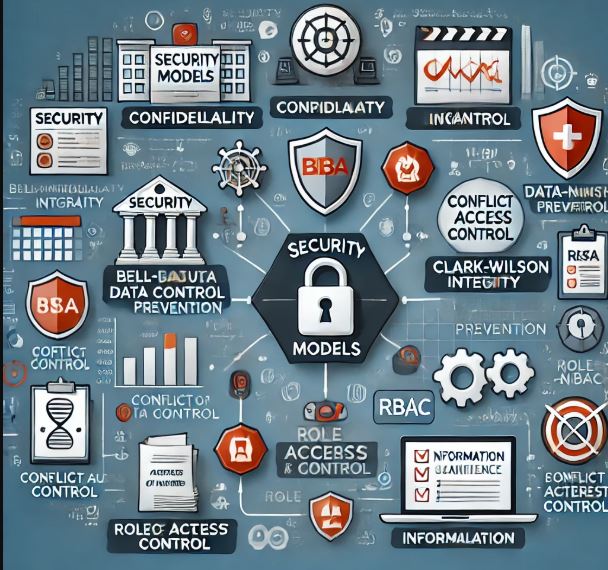1️⃣ Expert Panel Selection – A group of cybersecurity experts is chosen based on their knowledge and experience in areas like risk management, threat intelligence, and compliance.
2️⃣ Anonymous Surveys – Experts answer questionnaires about cybersecurity risks, emerging threats, or best practices. Their responses remain anonymous to avoid bias or group influence.
3️⃣ Analysis & Feedback – Responses are analyzed, and a summary is sent back to the experts for review. This helps refine opinions and identify common viewpoints.
4️⃣ Multiple Rounds – The process is repeated until a consensus is reached, ensuring well-informed decision-making.
5️⃣ Final Recommendations – The expert insights are used to develop security policies, predict cyber threats, or improve risk mitigation strategies.
🔑 Use Cases in Cybersecurity
✅ Risk Assessment & Management – Identifying and prioritizing cyber risks based on expert insights.
✅ Threat Intelligence Forecasting – Predicting future attack trends, such as ransomware evolution or AI-driven cyber threats.
✅ Incident Response Planning – Gathering expert opinions on how to handle cyber incidents effectively.
✅ Security Policy Development – Creating best practices for data protection, IAM, or zero-trust security models.
🔹 Why Use the Delphi Technique?
✔ Unbiased Decision-Making – Experts remain anonymous, reducing peer pressure.
✔ Collective Intelligence – Uses diverse opinions to improve cybersecurity strategies.
✔ Predictive & Strategic Planning – Helps organizations stay ahead of cyber threats.
🚀 Would you consider using the Delphi Technique for your security awareness training framework? #CyberSecurity #RiskManagement #ThreatForecasting





